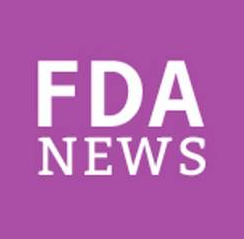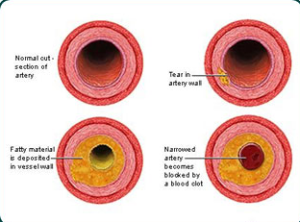 SILVER SPRING, MD. – Collection of missing data and additional analyses from a large study on rivaroxaban failed to convince a Food and Drug Administration advisory panel to recommend approval of the anticoagulant drug for acute coronary syndrome.
SILVER SPRING, MD. – Collection of missing data and additional analyses from a large study on rivaroxaban failed to convince a Food and Drug Administration advisory panel to recommend approval of the anticoagulant drug for acute coronary syndrome.
At a meeting Jan. 16, the FDA’s Cardiovascular and Renal Drugs Advisory Committee voted 10 to 0, with 1 abstention, that the factor Xa inhibitor rivaroxaban (Xarelto) should not be approved as a treatment for acute coronary syndromes (ACS). Rivaroxaban maker Janssen Pharmaceuticals had proposed an indication to reduce the risk of thrombotic cardiovascular events in patients with ACS, based on the results of the ATLAS ACS 2 TIMI 51 (Anti-Xa Therapy to Lower Cardiovascular Events in Addition to Aspirin With/Without Thienopyridine Therapy in Subjects With Acute Coronary Syndrome) trial.
That study compared two doses of rivaroxaban (2.5 mg twice a day, the proposed dose, and 5 mg twice a day) plus standard antiplatelet therapy (aspirin and a thienopyridine) to placebo plus standard therapy in more than 15,000 people with recent ACS. The primary endpoint – the risk of a composite of cardiovascular death, MI, or stroke – was significantly reduced (P = .039) by 15% among patients on the 2.5-mg twice-daily dose, compared with patients on placebo. The difference was primarily driven by a reduction in cardiovascular deaths among rivaroxaban patients.
But in May 2012, the FDA panel voted 4 to 6 against approval of rivaroxaban for the ACS indication, citing safety concerns and the large amount of missing data from the study. In June 2012, the FDA declined to approve the indication, and the agency refused again in March 2013, after Janssen provided more information. The company disputed the decision and continued to pursue approval. Janssen submitted new analyses and proposed that treatment be limited to 90 days.
At the Jan. 16 advisory committee meeting, panel members commended the study investigators and Janssen for that new work. But they still voted against approval, noting that the missing data remained a problem, the P value for the primary endpoint was not low enough to support approval based on a single trial, and concerns continued about bleeding risk.
The additional work “didn’t really add in a substantial way to the primary endpoint analysis,” explained advisory panel member Dr. Philip Sager. Overall, the study “wasn’t robust enough in terms of statistical significance to be considered as a positive study,” added Dr. Sager, chair of the scientific programs committee at the Cardiac Safety Research Consortium, San Francisco.
The FDA has approved rivaroxaban for several indications, including reduction of the risk of stroke and systemic embolism in nonvalvular atrial fibrillation, treatment of deep vein thrombosis, and prevention of deep vein thrombosis after hip or knee replacement surgery.
Janssen will work with the FDA to address the questions raised at the meeting, according to a statement issued by the Johnson & Johnson subsidiary.
In May 2013, European Union drug regulators approved an ACS indication for rivaroxaban, to prevent atherothrombotic events (cardiovascular death, myocardial infarction, or stroke) after an ACS in adults with elevated cardiac biomarkers, at a dose of 2.5 mg twice a day, co-administered with acetylsalicylic acid alone or with acetylsalicylic acid plus clopidogrel or ticlopidine.
The FDA usually follows the recommendations of its advisory panels. Advisory panel members have been cleared of potential conflicts related to the meeting topic. Occasionally, a panelist is given a waiver, but no waivers were given at this meeting.
